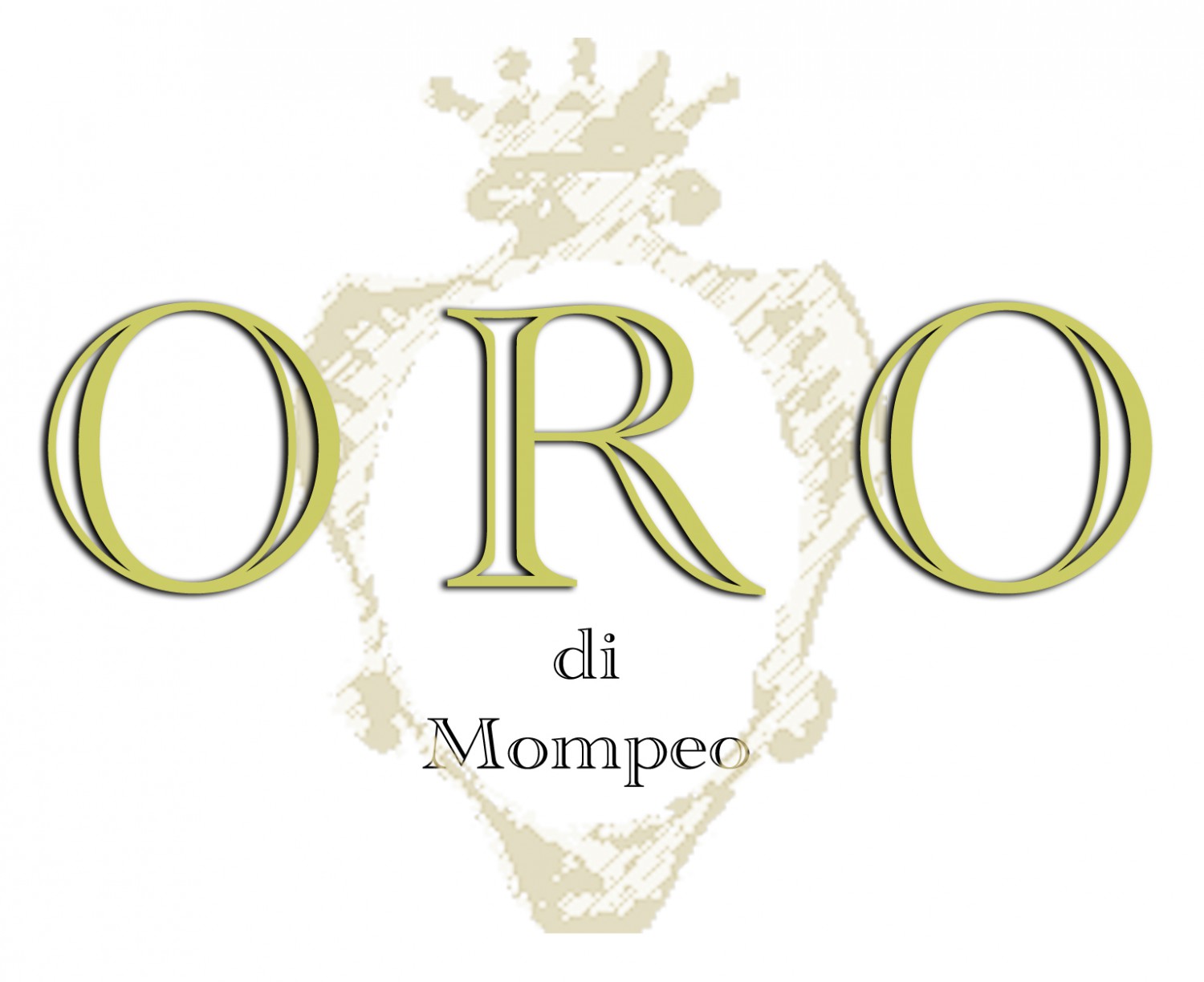As with color and aroma, diverse factors such as the variety of olives picked, the terrain in which the grove is situated and the period of the harvest and time between harvest and oil extraction, determine the taste.
We tend to correlate what tastes good to us with quality but it is not so linear with olive oil.
In olive oil tasting, it is hard to reduce the description to a good or a bad taste.
Sommeliers look out for characteristics like bitterness, grassiness, fruitiness, well rounded oil, well balanced oil to describe the juice. Subsequently in haute cuisine, the characteristics that are pinned to attributes such as pepper, wood, artichoke, peach etc, determine what type of oil complements the particular dish best.
Our olive grove is situated on rocky and well drained terrain. The trees often are thirsty making the fruit contain less water, yielding less oil but giving a more flavorful product. We harvest in early-mid November, right when at our altitude on our south facing hills the olives are about to ripen. Though when harvesting earlier the olives are harder to pick, the olive contains less water and has a more concentrated taste. Due to less water content and the more compact ‘form’ it also decomposes more slowly allowing purity to last from the moment it leaves the tree to when it is squeezed. This allows for lower acidity which is a major component in determining whether the oil is 100% extra virgin.
The flavor of our oil is typical of the Sabines; smooth with medium fruitiness, bitter with a white peppery kick.
